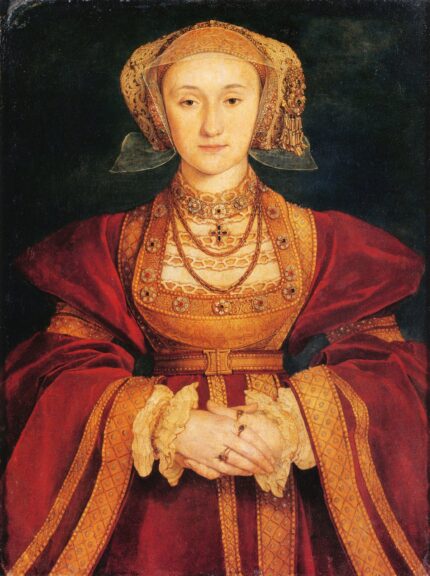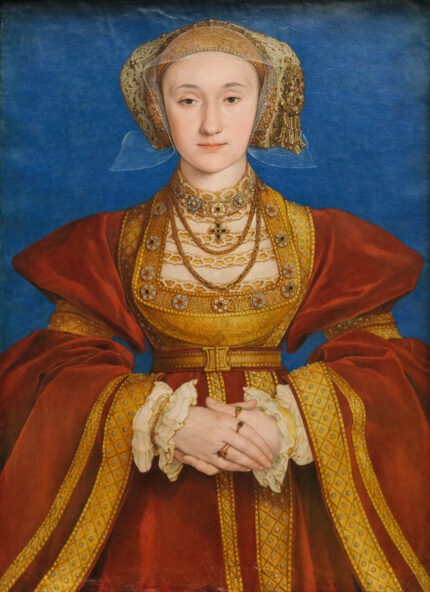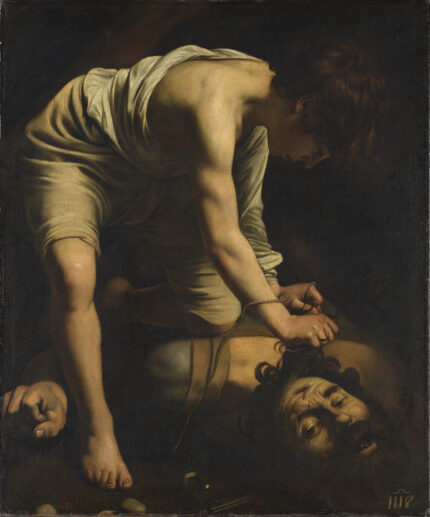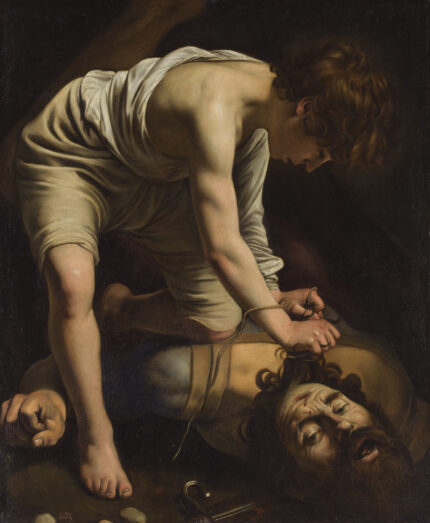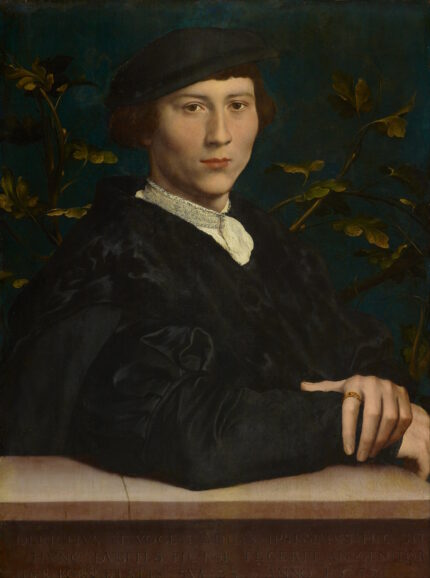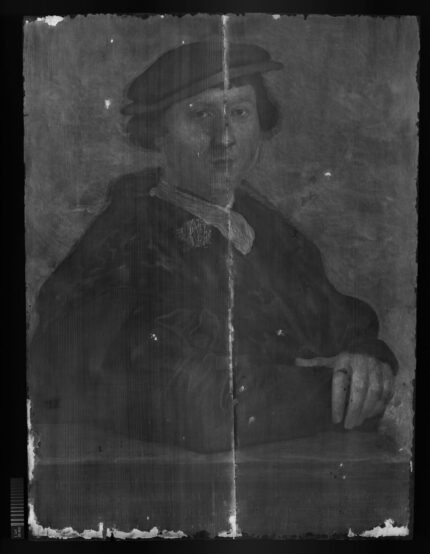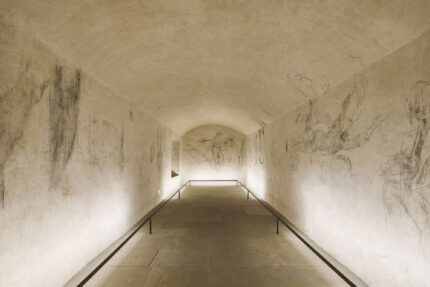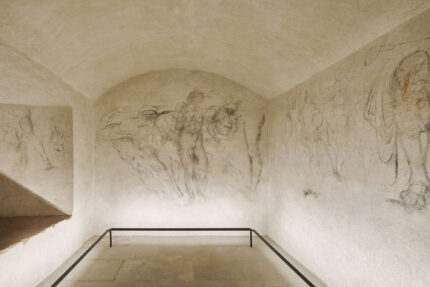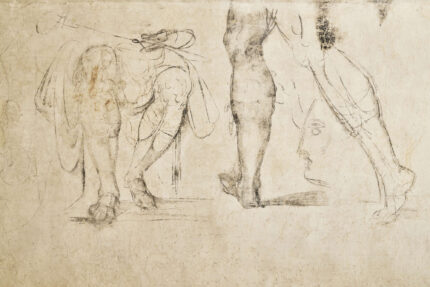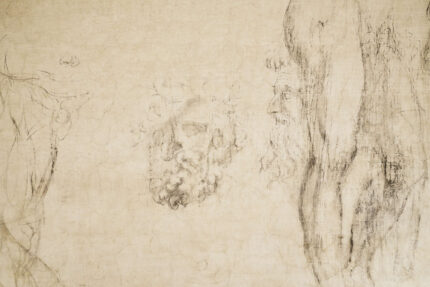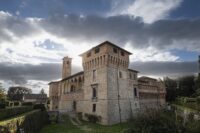 One of the oldest garden mazes in Europe is reopening to the public after years of closure this weekend. The boxwood hedge maze at the Bufalini Castle in San Giustino, about 30 miles from Perugia in central Italy’s Umbria region, has been continuously maintained since the 17th century.
One of the oldest garden mazes in Europe is reopening to the public after years of closure this weekend. The boxwood hedge maze at the Bufalini Castle in San Giustino, about 30 miles from Perugia in central Italy’s Umbria region, has been continuously maintained since the 17th century.
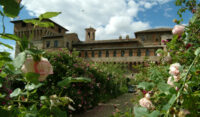 The original medieval fortress built by the Ghibelline Dotti family was destroyed in the late 15th century by order of the Republic of Florence. In 1487, it was transferred to Niccolò Bufalini who employed military architects to transform it into a square fortress with four towers in the corners surrounded by a wide moat. In the 1530s the family
The original medieval fortress built by the Ghibelline Dotti family was destroyed in the late 15th century by order of the Republic of Florence. In 1487, it was transferred to Niccolò Bufalini who employed military architects to transform it into a square fortress with four towers in the corners surrounded by a wide moat. In the 1530s the family 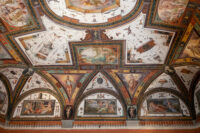 began turning the imposing fortress into an elegant country villa in High Renaissance style. The interior was modified to create large, airy rooms arranged around a central courtyard with columned porticos. Loggias were added to the façade and a new centered monumental entrance. The formal gardens with fruit trees, rare flowers, medicinal herbs, vegetable garden, roses and tall trees to draw birds, fountains and the boxwood hedge labyrinth were built up in stages during the 17th and 18th centuries.
began turning the imposing fortress into an elegant country villa in High Renaissance style. The interior was modified to create large, airy rooms arranged around a central courtyard with columned porticos. Loggias were added to the façade and a new centered monumental entrance. The formal gardens with fruit trees, rare flowers, medicinal herbs, vegetable garden, roses and tall trees to draw birds, fountains and the boxwood hedge labyrinth were built up in stages during the 17th and 18th centuries.
Between the late seventeenth and early eighteenth centuries, its park was organized into seven main areas enclosed by perimeter paths set at the edge of the moat and boundary wall. One of these was occupied precisely by the labyrinth created for the leisure of the lords and formed by tall boxwood hedges. The layout, measuring approximately 670 square meters, is trapezoidal in shape with three distinct centers, with a single access, on either side of which two cypress trees, still living, were planted on November 4, 1694, and are among the oldest trees in the garden. In the castle’s archives are some drawings relating to its design and construction, in particular a plan dated 1706, the Pianta del palazzo e giardino della villa di S. Giustino dei sign.ri March.si Bufalini, from which it is possible to see how its layout has remained unchanged over the centuries. This suggests that at least part of the boxwood plants are those planted in 1692, making the labyrinth at Castello Bufalini one of the oldest in Europe.
“The labyrinth is not only an exceptional botanical work, but an esoteric idea that is transformed into an experience,” says Costantino D’Orazio, director of the National Museums of Perugia-Regional Directorate Museums Umbria “That’s why the reopening of the labyrinth at Bufalini Castle enriches the charm of a place that will hold many surprises for the public in the coming years.”
“The opening to the public of one of the most interesting hedge labyrinths on the Italian scene,” says Veruska Picchiarelli, Director of Castello Bufalini “It is part of a process of recovery and re-evaluation of other areas, both internal and external, of the entire complex, which will lead starting in the coming months to double and totally upgrade the tour route.”
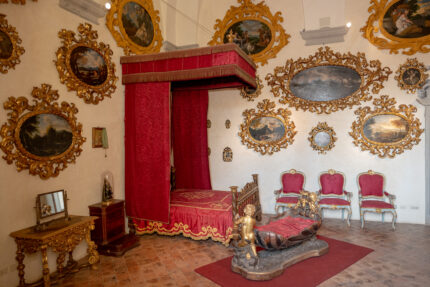 The castle was acquired by the Italian state in 1989. It is a rare example of a historic stately home in Italy that is largely intact, not just architecturally but in its artworks and furnishings as well. The collection of paintings, furniture, tapestries, majolica vases, dinner services, crystal and ancient busts assembled by the Bufalini family from the 16th through the 19th century are still in place, giving visitors a unique view of the lifestyle of an Italian noble family as fashions and tastes evolved.
The castle was acquired by the Italian state in 1989. It is a rare example of a historic stately home in Italy that is largely intact, not just architecturally but in its artworks and furnishings as well. The collection of paintings, furniture, tapestries, majolica vases, dinner services, crystal and ancient busts assembled by the Bufalini family from the 16th through the 19th century are still in place, giving visitors a unique view of the lifestyle of an Italian noble family as fashions and tastes evolved.
